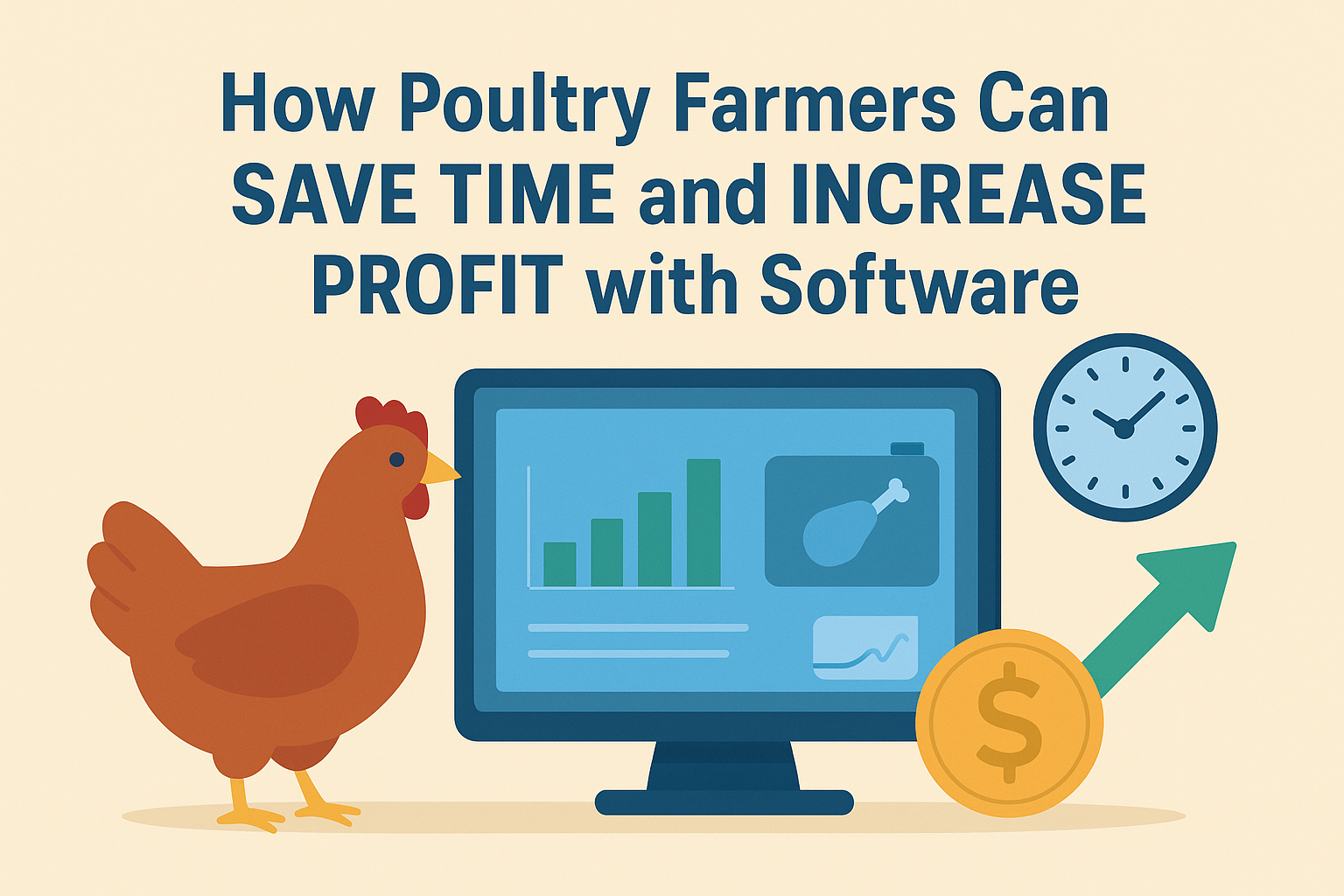It is a combination of quality nutrition, guidance, and increased consideration of barn and bird management will help to ensure birds have the best possible chance to perform at their maximum potential.
Some critical focus areas are as follows,
Biosecurity
Well-defined biosecurity practices throughout broiler production (pre-, during and post-placement) are crucial to successful poultry production. Effective biosecurity can aid hygiene, vermin and insect control on-farm and help to limit disease transmission within and between barns.
Flocks between downtime
Adequate downtime of at least 14 days with appropriate cleaning and disinfection measures between flock placements helps to reduce transmission of disease between flocks and allows time to prepare for the next flock.
Pre-placement preparation
Pre-placement preparation is needed before the new flock arrives to help prevent losses during brooding and the rest of grow out. Checkpoints to keep in mind: heaters, floor temperature, temperature and relative humidity probes, ventilation, drinkers, feeders, etc.
Prevention for coccidiosis
Coccidiosis is a disease caused by a microscopic intestinal parasite. This parasite can have an impact on intestinal integrity and may predispose birds to other intestinal problems. Maintaining intestinal integrity during this time through innovative technologies provided in the Alltech® Gut Health Management program is critical in allowing birds to perform to their maximum levels despite gut health challenges.
Management in brooding
With today’s improved genetic capabilities and the fast growth of birds, more time is being spent during the critical brooding phase. As a result, ensuring a good start in poultry production can have a significant impact on the future health and performance of the birds.
Management in litter
The litter in a poultry house acts as bedding for the birds. In addition to standing and resting on the bedding, birds will naturally peck at the litter. Litter condition and quality have an impact on broiler intestinal health and profitability, starting from when the chicks are placed all the way through production.
Management in water
Drinking water accounts for 70–80 percent of the bird’s daily drinking needs. Poultry will generally consume more water than feed. As a result, water is the most critical nutrient for poultry. An abundance of clean water will reduce challenges and maximize performance.
Factors to consider when thinking about water management include,
- Quality, height, pressure, mineral content and accessibility
- Cleanliness of drinker lines/regulators prior to flock placement and during production
- Flushing water lines between flocks and during production
- Elimination of biofilms and mineral buildup
- Drinker equipment maintenance
Management in feed
Birds must have easy access to feed. Proper feeder line height corresponding to the height of the birds helps to reduce feed wastage and mixing feed with litter, and it ensures that all birds have access to feed. Adequate feed access is also achieved by following the feed line manufacturer’s recommendations for the number of birds per feed pan or line of trough feeder.
Density for stocking
A higher stocking density of poultry in addition to crowded housing conditions has been shown to have a negative impact on performance, causing stress to both the birds and intestinal microbiota.
Management for environmental
General environmental management of the barn includes many components, such as temperature, relative humidity, ventilation and lighting.
Monitoring during times of transition
- Increasing the frequency at which barns are walked and examining the activity of the flock can help with early disease detection.
- Daily monitoring of temperature, humidity and ventilation inside the barn as well as outside temperature is recommended.
- Monitoring transition times can help with understanding what is happening in the barn (e.g., from day to night, when birds are placed, during half-house brooding, feed changes, etc.).
- Monitoring feed and water consumption helps to monitor the flocks’ progress.
Keeping an eye on equipment
Walking the barns routinely will also help to ensure equipment remains in working order.
Mortality checks
Cull diseased birds as early as possible.
Communication and teamwork
Ensuring strong communication and coordination between all those involved in helping your farm run smoothly will ensure a stronger and more successful gut health management program for your birds.





